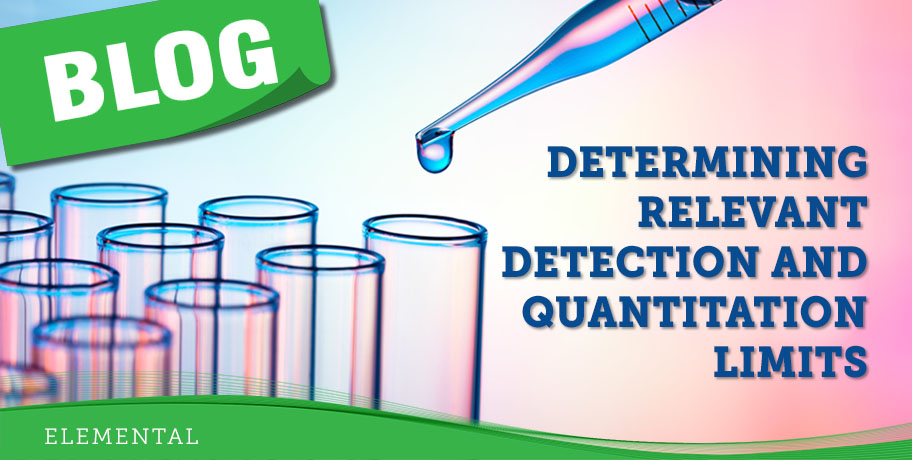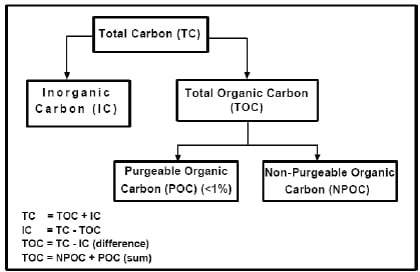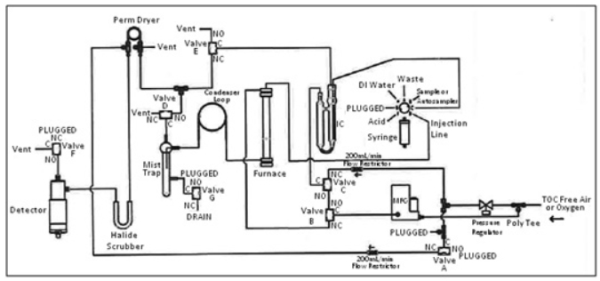Quantitative analysis determines the concentration of a target analyte present in a test sample. Detection limits and quantitation limits are used to express the ability of the instrumentation and the accuracy of the analytical results. This blog provides a brief overview on guidelines and references for achieving applicable detection limits and reliable quantitation limits.
Determining Relevant Detection and Quantitation Limits
Posted by Stephen Proffitt on Fri, Feb 09, 2024 @ 02:01 PM
Tags: TOC, Total Organic Carbon, Teledyne Tekmar, relevant detection, quantitation limits
Conquer the Worst Enemy of Low-Level Total Organic Carbon Results
Posted by Stephen Proffitt on Fri, Feb 17, 2023 @ 04:40 PM
What are the three worst enemies of low-level total organic carbon (TOC) analysis? Contamination, contamination, and contamination. Why stated three times? Because contamination can come from at least three different sources. The top three ways contamination can be inadvertently introduced into a TOC analyzer are reagents, laboratory glassware, and samples.
Tags: TOC, Total Organic Carbon
Understanding Total Organic Carbon (TOC) and Why it should be Measured
Posted by Betsey Seibel on Mon, Jul 21, 2014 @ 11:20 PM
Tags: TOC, Total Organic Carbon
The Importance of Changing the Water Supply in the Torch and Fusion TOC Analyzers
Posted by Teledyne Tekmar on Fri, Aug 16, 2013 @ 04:43 PM
Tags: TOC, Total Organic Carbon, Teledyne Tekmar
You have successfully installed your TOC analyzer and, as suggested, you run a “Leak Check” prior to starting your analysis. The leak check fails, so you tighten everything, perform another leak check, and still, the instrument does not pass. Without a plan of attack, this can be frustrating and time consuming. Fortunately, there are some troubleshooting techniques that can help.
Tags: TOC, Total Organic Carbon, Teledyne Tekmar, Analyzer, Combustion



